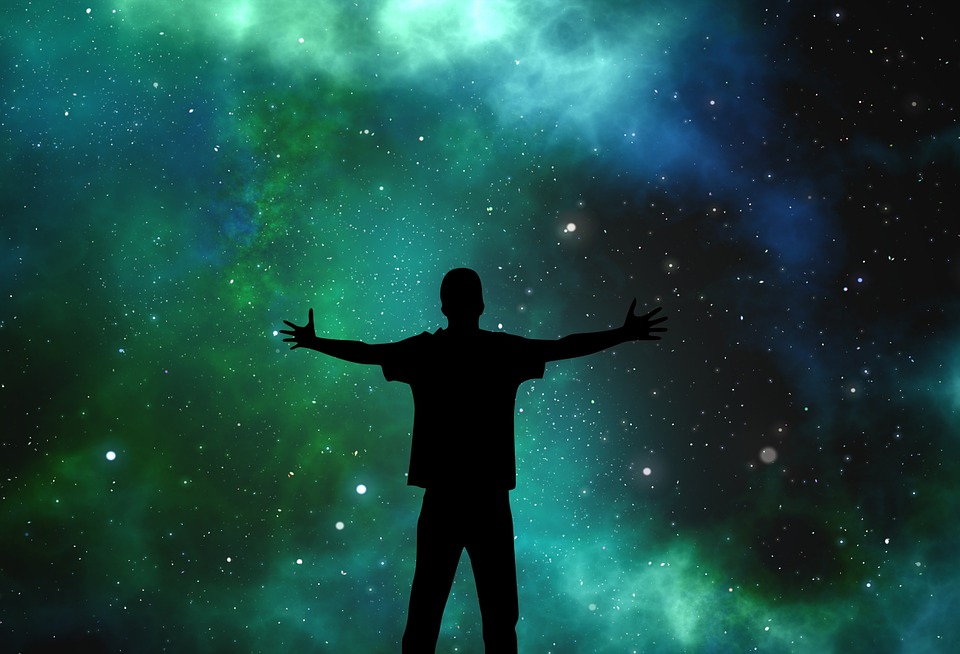central bulge
-

A Peek at Supermassive Black Holes
There are few things in the universe quite as exciting as black holes. They’re in all the movies — I even wrote a post a few years ago on what the movies get wrong about them! Though some movies, like…
-

How Did the Milky Way Form?
Over the course of my last eight posts, we’ve covered just about everything there is to cover about our home galaxy — or, well, at least the basics. We’ve explored how astronomers first discovered what that incredible, milky stream of…
-

Exploring the Milky Way’s Nucleus
Here is an edge-on illustration of our Milky Way Galaxy. (Keep in mind that the disk actually stretches quite a bit farther out from the budge than is apparent in this illustration. Proportionally, its full diameter makes its thickness less…


